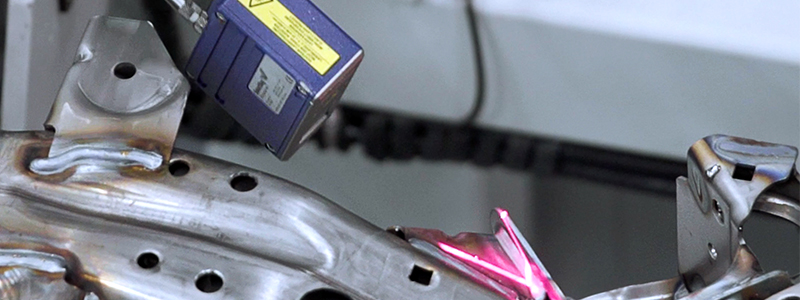As material and fabrication technologies evolve, manufacturers are pushing the limits of the structures used in automotive, construction, offshore, energy production, and many other industries. All of these industries use welding in their day-to-day production tasks, and, because welds are used to join two or more metal surfaces, these connections may encounter loads and fatigue during product lifetime. There is always a chance these products may fail, if not created to proper specification.
Jay Flowers

Recent Posts
How Automated Weld Quality Assurance Increases Productivity
Topics: Laser Welding, Automation
Weld Process Monitoring for Industry 4.0
Industry 4.0 is all about the ongoing transition into an even smarter, automated manufacturing world, using new developments in technology to get us there. Through the use of intelligent, automated technology, we are able to communicate more efficiently, collect data with advanced traceability, and create human-like interactions between machines and computers.
Topics: Robotic Welding, Laser Welding, Automation



